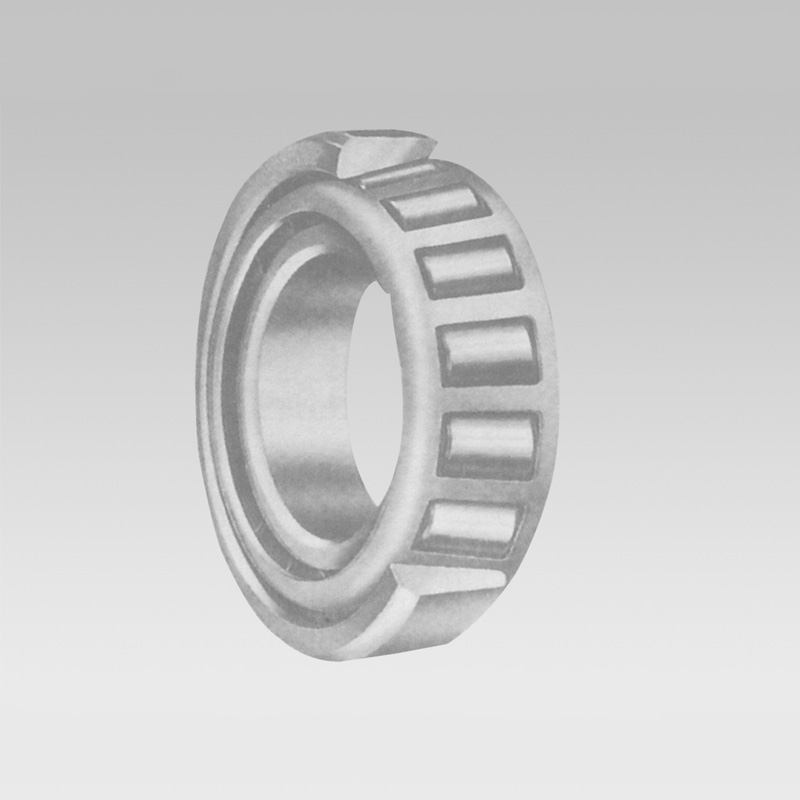
Nov . 26, 2024 12:51 Back to list
Thrust Ball Bearing Cost and Pricing Analysis for Optimal Purchase Decisions
Understanding Thrust Ball Bearing Prices A Comprehensive Guide
Thrust ball bearings are essential components in many machines, designed to support axial loads and reduce friction between moving parts. They consist of two grooved races and a set of ball bearings, facilitating smooth and efficient rotational movement. The price of thrust ball bearings can vary widely based on several factors, including material quality, size, type, manufacturer, and application. In this article, we will explore these factors in detail to help you understand thrust ball bearing prices better.
1. Material Quality
The material used in manufacturing thrust ball bearings plays a significant role in determining their price. Bearings can be made from various materials, including stainless steel, chrome steel, and ceramic. Stainless steel bearings are more corrosion-resistant and durable, which can increase their cost compared to standard chrome steel options. Ceramic ball bearings, while offering exceptional performance and low friction, are typically the most expensive due to the advanced materials and manufacturing processes involved.
2. Size and Type
Thrust ball bearings come in various sizes and types, each designed for specific applications. Standard sizes may be more affordable due to mass production, whereas custom sizes or specialized types—such as those designed for high-speed applications or extreme temperatures—will typically command a higher price. Additionally, the design of the bearing, such as whether it is a single or double direction type, can also affect the cost.
The manufacturer’s reputation and brand influence thrust ball bearing prices significantly. Well-established manufacturers with a long history of producing high-quality bearings may charge more for their products. This premium often reflects the reliability and performance associated with their brand. On the other hand, lesser-known or emerging brands may offer competitive pricing to attract customers, but it's essential to consider potential trade-offs in quality and durability.
thrust ball bearing price

4. Application and Performance Requirements
The specific requirements of your application can also impact the price of thrust ball bearings. For instance, bearings subjected to high loads, extreme temperatures, or corrosive environments may need specialized features that increase their cost. In contrast, standard bearings used in light-duty applications may be more budget-friendly. Understanding the operational conditions of your machinery can help you determine the most cost-effective bearing solution that meets your performance requirements.
5. Market Trends and Economic Factors
Market trends, availability of materials, and economic conditions can affect the prices of thrust ball bearings. For instance, fluctuations in steel prices or changes in trade policies can lead to price adjustments. Additionally, during periods of high demand, such as in industries experiencing growth or when supply chains are disrupted, prices may rise as manufacturers respond to increased costs and scarcity of raw materials.
6. Purchasing Options
When it comes to purchasing thrust ball bearings, the price can also vary based on the distribution channel. Buying directly from manufacturers may offer lower prices compared to purchasing through distributors or retailers, who typically add a markup. Online marketplaces can provide competitive pricing, but it's crucial to ensure you are sourcing from reputable sellers to avoid counterfeit products.
Conclusion
In summary, the price of thrust ball bearings is influenced by multiple factors, including material quality, size and type, manufacturer reputation, application needs, market trends, and purchasing options. By understanding these aspects, buyers can make informed decisions and invest in the right bearings that balance cost and performance. Whether for industrial machinery, automotive applications, or other uses, selecting high-quality thrust ball bearings is essential for ensuring longevity and operational efficiency.
Latest news
-
Grooved Ball Bearing Design and Functionality
NewsJun.04,2025
-
Concrete Mixer Bearing Load Capacity Testing
NewsJun.04,2025
-
6004 Bearing Dimensions in Robotic Joint Designs
NewsJun.04,2025
-
Advantages of Single-Row Deep Groove Ball Bearings
NewsJun.04,2025
-
Applications of Deep Groove Ball Bearings in Automotive Systems
NewsJun.04,2025
-
Innovations in Bearing Pressing Machine Design
NewsJun.04,2025
